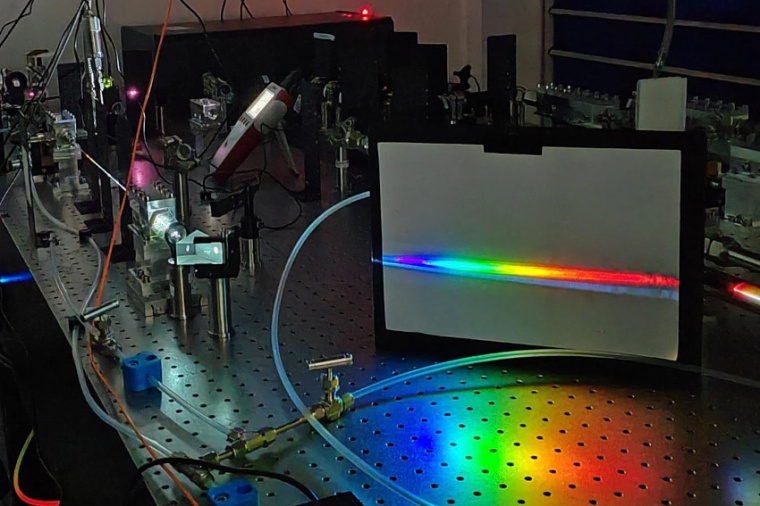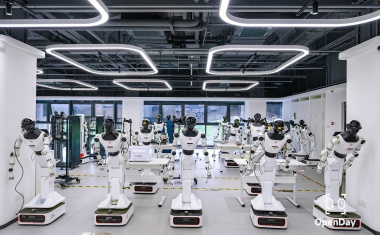Pushing the limits of conventional lasers
A project for a new type of light source for extremely fast laser pulses starts.
A scientist at Heriot-Watt University is to receive over £ 2 million in European funding to fill in the blind spots of Nobel Prize-winning technology. Christian Brahms from Heriot-Watt University’s School of Engineering and Physical Sciences will spend the next five years building a new type of light source for extremely fast laser pulses. The aim is to capture nature’s fastest processes as they happen, at the rate of an attosecond. This could allow us to see some of the fastest processes in nature, like how plants absorb sunlight.

The project will build on the work of Pierre Agostini, Ferenc Krausz and Anne L'Huillier, who won the Nobel Prize for Physics in 2023, and address a key shortcoming of their attosecond technology: it can’t see everything. Christian Brahms said: “Many of the most important breakthroughs in the history of science have been enabled by observing nature at scales far beyond the limits of human perception. That’s exactly what we’ll be working on – pushing far beyond the limits of conventional laser sources to bring fundamental science into focus.”
Brahms will be working to create a new kind of laser light that mimics natural sunlight but in extremely short flashes. He said: “Current technology, like that reported by the 2023 Nobel Prize winners, can create extremely short pulses of light at ultraviolet or X-ray wavelengths. This incredible advance allows us to take 'freeze-frame' images of some of the fastest microscopic processes in molecules and materials. But it’s limited. In nature, these processes involve sunlight, not the wavelengths used in laboratory experiments. My aim is to create laser pulses with similar extremely short duration to conventional attosecond science sources, but at the same ultraviolet and visible wavelengths as we get from the sun.”
This will fill in attosecond technology’s blind spots and directly relate our knowledge of ultrafast processes to other areas, like photochemistry or materials science. The project will create five new jobs at Heriot-Watt: Brahms will be recruiting three PhD students and two postdoctoral research associates to help design and build the laser light source. Brahms’ project is one of 50 in the UK to receive the European Research Council’s Starting Grant this year. Brahms believes the funding is a vote of confidence in the UK’s technology and research culture. He said: “The ERC grants had an application success rate of just 14 % – we’re officially among the most dynamic and exciting research projects in Europe.”
Maria Leptin, President of the European Research Council, said: “Empowering researchers early on in their careers is at the heart of the mission of the ERC. I am particularly pleased to welcome UK researchers back to the ERC. They have been sorely missed over the past years. With fifty grants awarded to researchers based in the UK, this influx is good for the research community overall.” (Source: HWU)
Link: Lupo – laboratory of ultrafast optics & physics, Heriot-Watt University, Edinburg, UK











